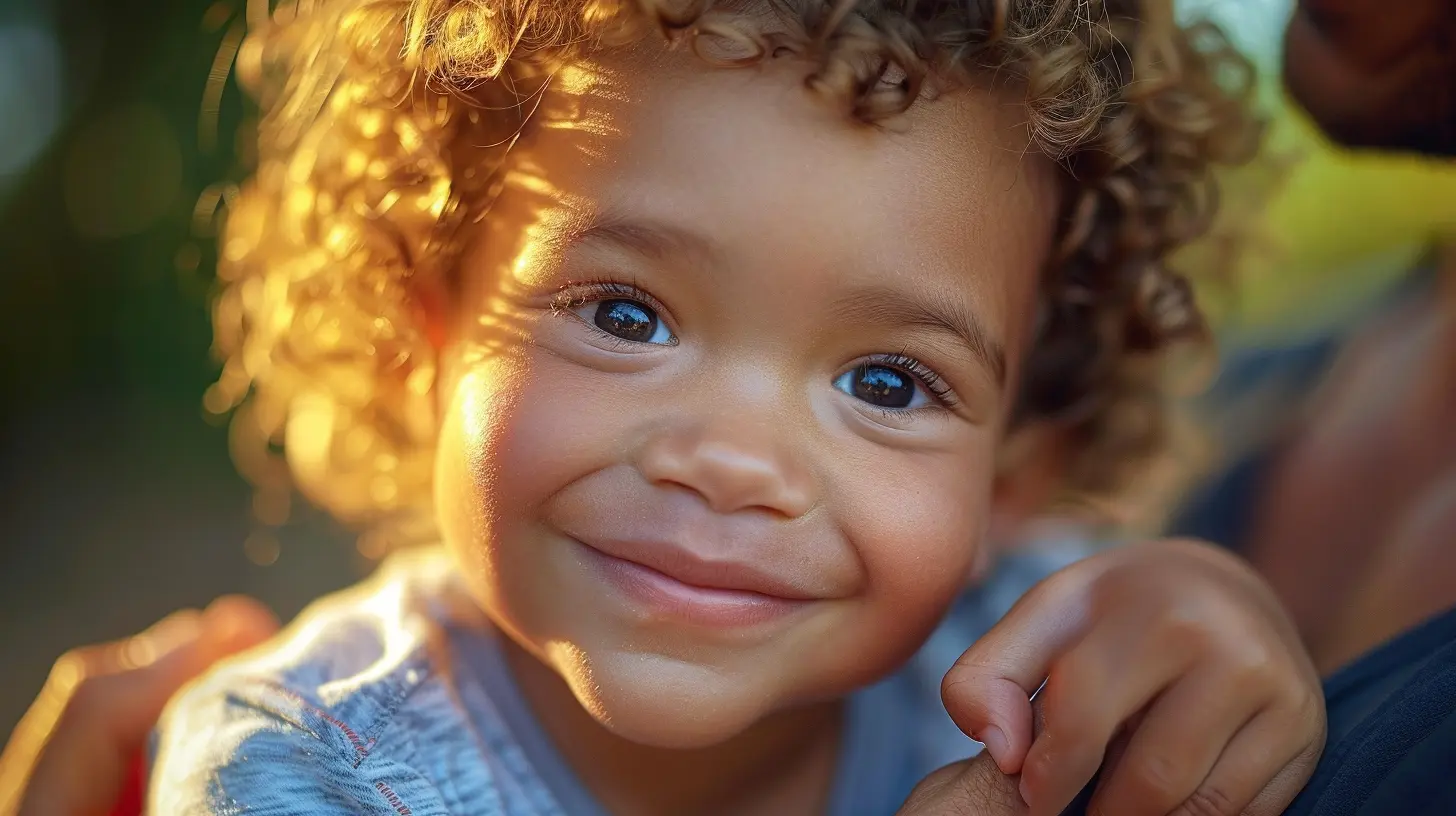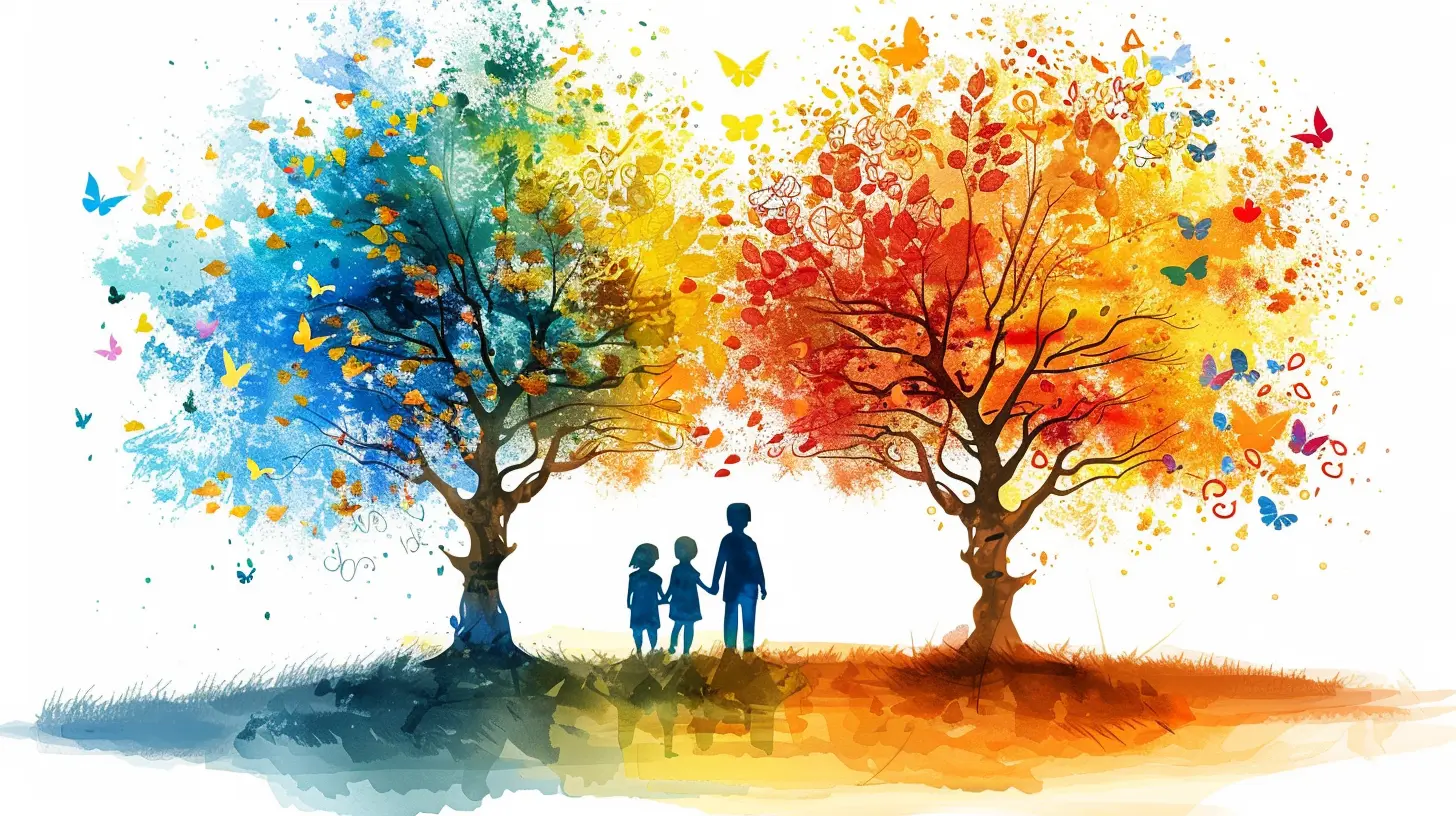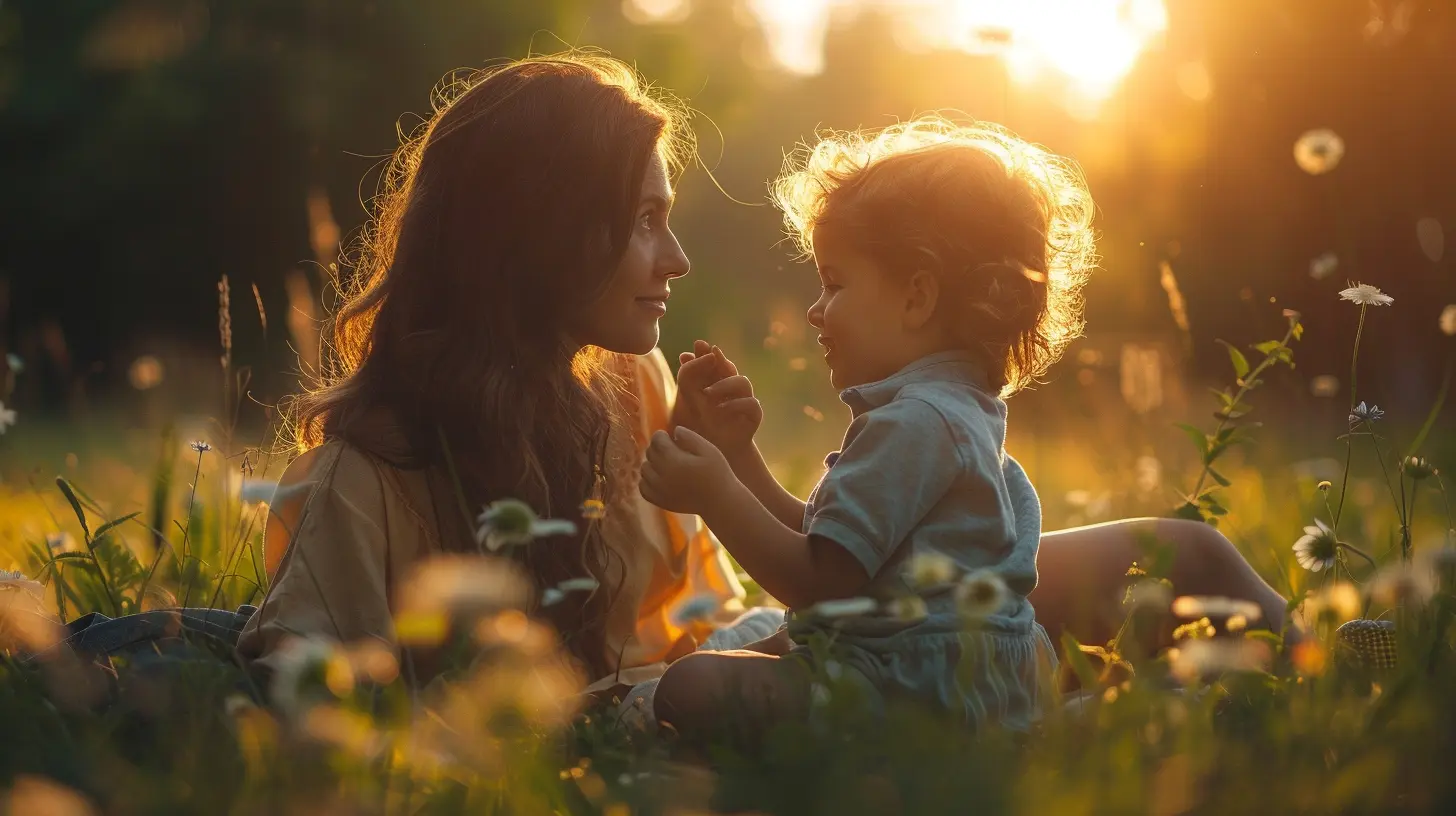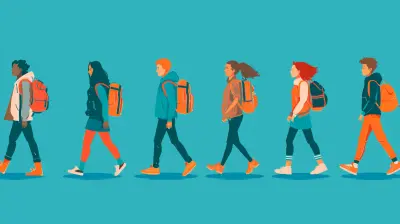How to Build a Positive Parent-Teacher Relationship in Early Childhood
2 November 2025
Building a strong and positive parent-teacher relationship in early childhood isn't just a "nice-to-have"—it's essential. These early years are crucial for shaping a child’s mindset, behavior, and emotional well-being. When parents and teachers work together as a team, magical things happen. Think of it like a well-rehearsed duet—when both voices are in harmony, the result is pure music to a child's development.
So, how do we create that perfect harmony between home and school? Let’s break it down together.
Why Parent-Teacher Relationships Matter in Early Childhood
Alright, before we dive into the how-tos, let’s quickly chat about the why. Why bother investing time to connect with your child’s teacher (or as a teacher, the parent)?- Children thrive when there's consistency. When parents and teachers are on the same page, kids receive a consistent message about values, expectations, and support systems.
- It boosts academic and social development. Kids do better in school when their parents are involved. Simple as that.
- It builds trust. A trusting relationship between parent and teacher helps both sides feel comfortable sharing concerns, celebrating wins, and working through challenges.
Early childhood is a sponge-like phase. Kids absorb everything—words, feelings, energy. If the adults in their world are communicating and collaborating, it lays a strong, stable foundation.
Start with Open and Honest Communication
You’ve heard it before—communication is key. But we're not talking about just any kind of communication. We mean genuine, two-way, respectful communication.For Parents:
Don’t wait for a parent-teacher conference. Reach out early in the school year! A short email or a quick chat during pickup can go a long way. Share what you know about your child. You know your little one better than anyone—so your insight is gold.Ask yourself:
- What makes my child excited to learn?
- What upsets them?
- Any routines or challenges at home?
The more the teacher knows, the better they can support your child throughout the day.
For Teachers:
Create a warm first impression. A welcome letter, a quick call, or even a smile and wave at drop-off shows parents you’re approachable. Let them know the best way to contact you and how often they can expect updates.Hint: Avoid teacher jargon. Keep it simple. Speak human.
Build Trust Through Consistency
Trust doesn’t just happen overnight—it’s built one interaction at a time. For parents and teachers alike, showing up consistently and following through on what you say is a big, big deal.Keep Parents in the Loop
Teachers, regular updates are key. And we’re not talking about a 10-page newsletter every week. Even a short weekly email with highlights—Johnny tried a new activity! We learned about butterflies!—can work wonders.Parents, respond to messages and show appreciation when possible. A simple “Thanks for the update!” lets the teacher know you're engaged.
Admit Mistakes and Show Flexibility
Nobody’s perfect—not even that Pinterest teacher or the mom who packs origami lunches. If a miscommunication happens (and it will), own it. Apologize if needed and move on. The goal isn’t to be flawless, just to be on the same team.
Make Time for Meaningful Check-Ins
We all get busy, but setting aside time to check in—whether it’s monthly or quarterly—helps keep things running smoothly.Try a Calm, Face-to-Face Chat
In-person is great when possible, but virtual works too. The point is to make room for real conversations beyond “Can you help Sarah find her shoes?”Use these chats to:
- Share developmental updates
- Discuss behavior or learning concerns
- Celebrate progress!
Think of it as a team huddle—what’s working, what needs tweaking, and how can we cheer each other on?
Celebrate the Child Together
Here’s a big one: always center the conversation around the child, not just academics, test scores, or behavior charts.Celebrate the little wins, too—like when a shy child finally joins storytime or makes a new friend. Create a partnership that's based on cheering the child on rather than just correcting what’s "wrong."
This keeps the tone positive and shows you’re both invested in the same outcome: helping this little human grow to their fullest potential.
Be Culturally Respectful and Inclusive
Every family is unique—different backgrounds, parenting styles, values, and communication norms. Recognizing and respecting these differences can drastically improve relationships.Teachers, take time to:
- Learn about your students’ cultural backgrounds.
- Avoid assumptions.
- Ask questions in a respectful way.
Parents, don’t be shy to share what traditions or values are important in your household. This can help teachers integrate more inclusive practices in the classroom.
When both sides make the effort to understand each other’s perspectives, it builds a much deeper connection.
Encourage Two-Way Feedback
Feedback shouldn’t be a one-way street. Yes, teachers provide insight into a child’s day, but parents have feedback, too—on how their child talks about school, responds to lessons, or feels emotionally.Don’t be afraid to say:
- “I noticed Mia seems overwhelmed after school—has anything changed?”
- “Ben was so excited about the counting game—thank you for making math fun!”
This exchange helps tune into the child's needs more accurately and makes it a true collaboration.
Tip: When giving feedback, lead with empathy. No one likes to feel criticized. Stick with “I noticed…” or “I wonder if…” instead of “You should…”
Get Involved (Even in Small Ways)
Parental involvement goes a long way—even if you’ve only got five minutes to spare. Being present, in any form, strengthens the parent-teacher bond.For Parents:
- Volunteer during art class or story time- Help organize events
- Send in classroom supplies
- Share a family tradition with the class
Even just showing up at a school event with a smile shows your support.
For Teachers:
Encourage participation by offering flexible options. Not every parent can step into the classroom, but they might be able to record a video, donate items, or plan something behind the scenes.Remember: inclusion = empowerment.
Handle Concerns with Compassion
Let’s be real. Not every conversation will be sunshine and rainbows. Concerns will arise—behavioral issues, delays, misunderstandings. But how they’re handled makes all the difference.Keep Things Solution-Focused
Instead of pointing fingers, center the conversation around the child’s well-being. Use “We” language:- “How can we work together to support Ava with transitions?”
- “What strategies can we try to improve attention during circle time?”
This reduces defensiveness and shows partnership.
Also? Timing matters. Don’t bring up big concerns in a rush at pick-up time. Schedule a dedicated moment when both parties can be present, calm, and focused.
Use Technology as a Bridge, Not a Barrier
Technology can be your best friend when building relationships—if used the right way.Apps like ClassDojo, Remind, or Seesaw make it easy to share photos, notes, assignments, and updates in real-time.
Just remember:
- Keep messages warm and personal.
- Don’t solely rely on apps—make time for human connection, too.
A picture of a child proudly holding up their finger painting? That speaks louder than a paragraph of text.
Make the Relationship an Ongoing Journey
Think of the parent-teacher relationship as a garden. One conversation isn’t going to sprout flowers. But with regular care, warm sunlight (a.k.a. positivity), and nourishment (honest communication), it blooms.Start early, nurture often, and stay flexible when seasons change.
You’re not just helping a child succeed—you’re modeling what healthy adult collaboration looks like. And that might be one of the most powerful lessons a young child can learn.
Final Thoughts
At the end of the day, building a positive parent-teacher relationship in early childhood is all about showing up, staying curious, being kind, and putting the child at the center—every single time.It’s not about being perfect. It’s about being present.
So whether you’re a teacher setting up a new classroom or a parent sending your little one off with a backpack bigger than they are—know that your partnerships matter. A lot.
When we work together with compassion and intention, we create a world where every child feels seen, supported, and ready to thrive. And isn’t that what we all want?
all images in this post were generated using AI tools
Category:
Early Childhood EducationAuthor:

Madeleine Newton
Discussion
rate this article
1 comments
Kira Price
Building a positive parent-teacher relationship fosters trust and communication, enhancing children's learning experiences and overall development in early childhood.
November 6, 2025 at 4:22 AM

Madeleine Newton
Thank you! I completely agree—strong parent-teacher relationships are essential for enriching children's learning and development.


